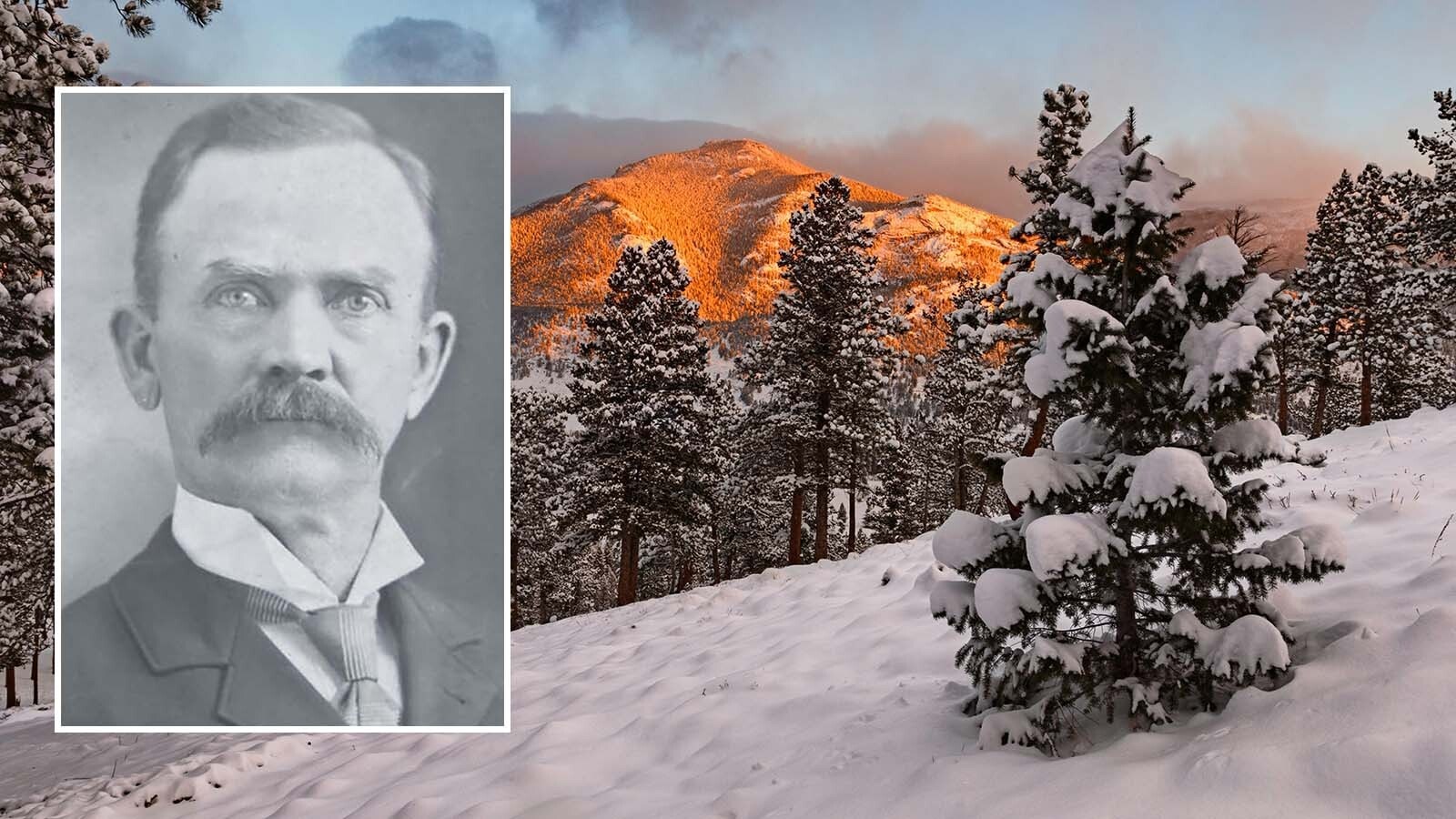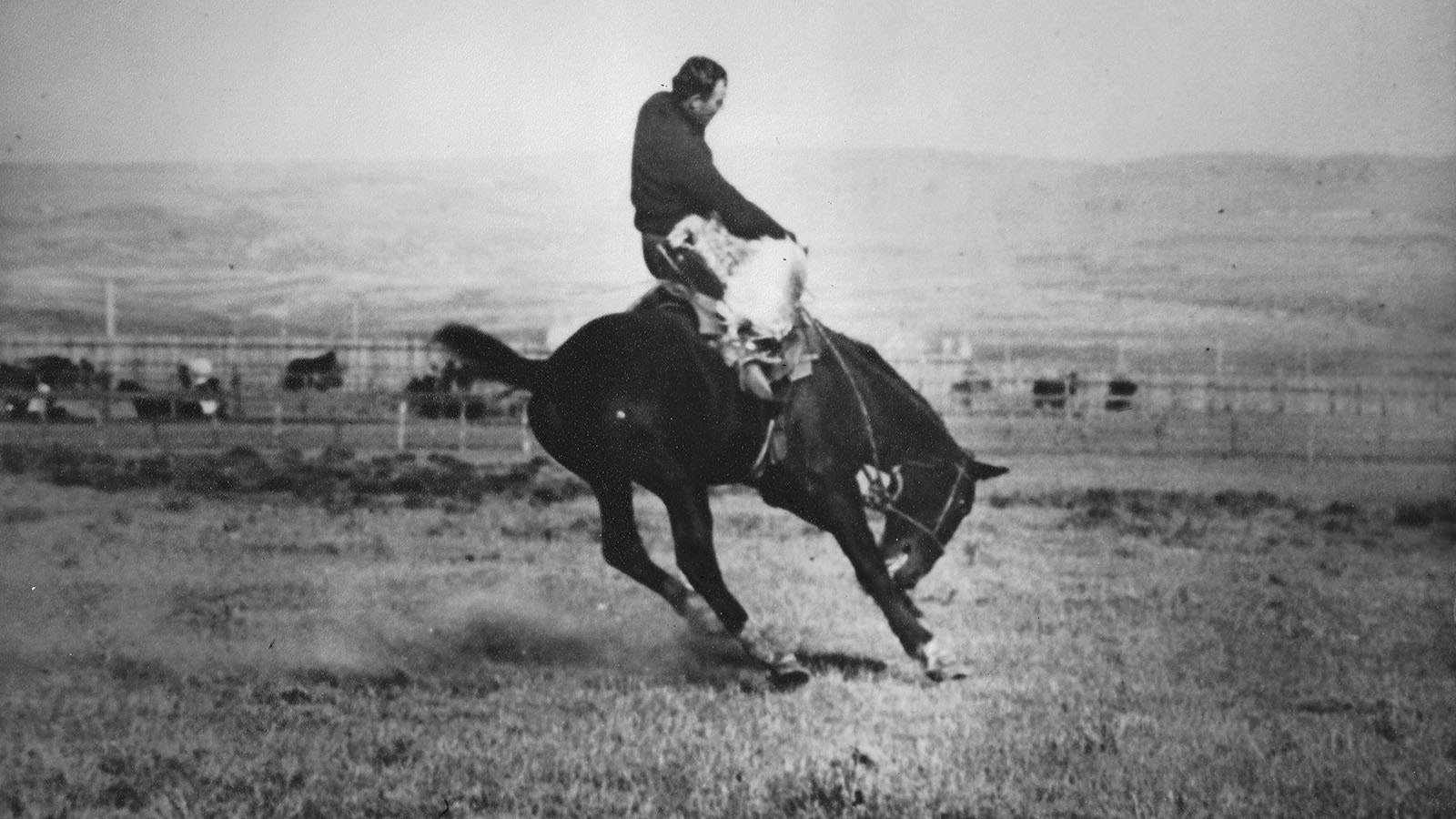Farming, ranching, grazing, roundups, open range, and a whole lot of other things in the history of the West changed forever with the introduction of a single invention — an invention perfected with a coffee grinder and a grindstone.
It was the brainchild of Joseph F. Glidden, one of only a few men, and perhaps the only man, to effect such monumental change in the American West.
It started at a county fair in Glidden’s home state of Illinois around 1873, where he saw a new kind of fence.
In an attempt to make wire fences more secure, its developer had hung wooden rods embedded with nails from the wire to discourage livestock from pushing against—and breaking through—the fence.
Glidden understood the problem but thought the solution lacking. So, he went to work.
After a lot of tinkering, he stretched a strand of wire, then threaded barbs along its length — short curls of wire cut at an angle on the ends to make points. He accomplished the curling by modifying a small coffee grinder to loop the short pieces of wire.
Then he stretched a second strand of wire along the first, hitched the pair to the axle on a grindstone, and as he spun the stone the wires twisted together, securing the curly “barbs” in place.
It worked. But few stockmen believed it. Especially out West, where cattle, accustomed to running free, were less docile than their pen-raised counterparts in the East. Some doubted the flimsy wire would discourage cattle from forcing their way through, others believed the barbs would cause injury.
Glidden’s sales representative in Texas in 1876, John “Bet-A-Million” Gates, had an idea to prove the worth of the wire. He rented space in Military Plaza in downtown San Antonio.
He planted fenceposts and strung them with barbed wire to build a pen. Then he brought in rangy longhorn cattle to occupy the barbwire corral amidst the hustle and bustle of the busy city.
It was soon evident that the wire would hold the stock, and that the barbs caused no significant injuries. Gates was soon writing orders for more wire than Glidden could produce.
Once the production end of the business built up to produce barbed wire by the ton, Glidden wanted to convince ranchers that his invention could enclose entire ranches, not just a pasture or a pen here and there.
So, in 1881, he and a partner named Henry G. Sanborn bought a ranch. The ranch sprawled across 95 sections of the arid Texas Panhandle and when Glidden—from the well-watered Midwest—saw it, he was reported to say the place couldn’t grow enough grass to feed a goose.
But they did not buy the place to graze geese. They bought the ranch to build a fence that would hold cattle. Thousands of cedar fence posts, most cut in Palo Duro Canyon, were strung with four stands of barbed wire. The fence stretched 120 miles and cost $39,000.
The owners named the place the Panhandle Ranch, but their cowboys had a different idea. The ranch’s brand was a circle, representing a pan, with a straight line affixed to represent the pan’s handle. The cowboys burning the brand onto cowhides thought it looked like a frying pan, and that’s the name that stuck—the Frying Pan Ranch.
Despite Glidden’s doubt about the country, the Frying Pan Ranch shipped thousands and thousands of cattle to market over the years. But as far as is known, not a single goose.
The railroad reached the area in 1888, cutting the Frying Pan Ranch in half. The city of Amarillo was planted on its border. The ranch still exists today in parts and pieces, having grown, been divided, and otherwise adapting to changing conditions over the years.
But the influence of the Frying Pan Ranch in changing the history of the American West is immeasurable. It proved the usefulness of barbed wire—the devil’s rope, to those who deplored its arrival—and forever changed livestock raising. The open range gave way to fences, defining the borders of both private property and public land.
And to think it all started with a coffee grinder and a grindstone.
R.B. Miller can be reached at WriterRodMiller@gmail.com





